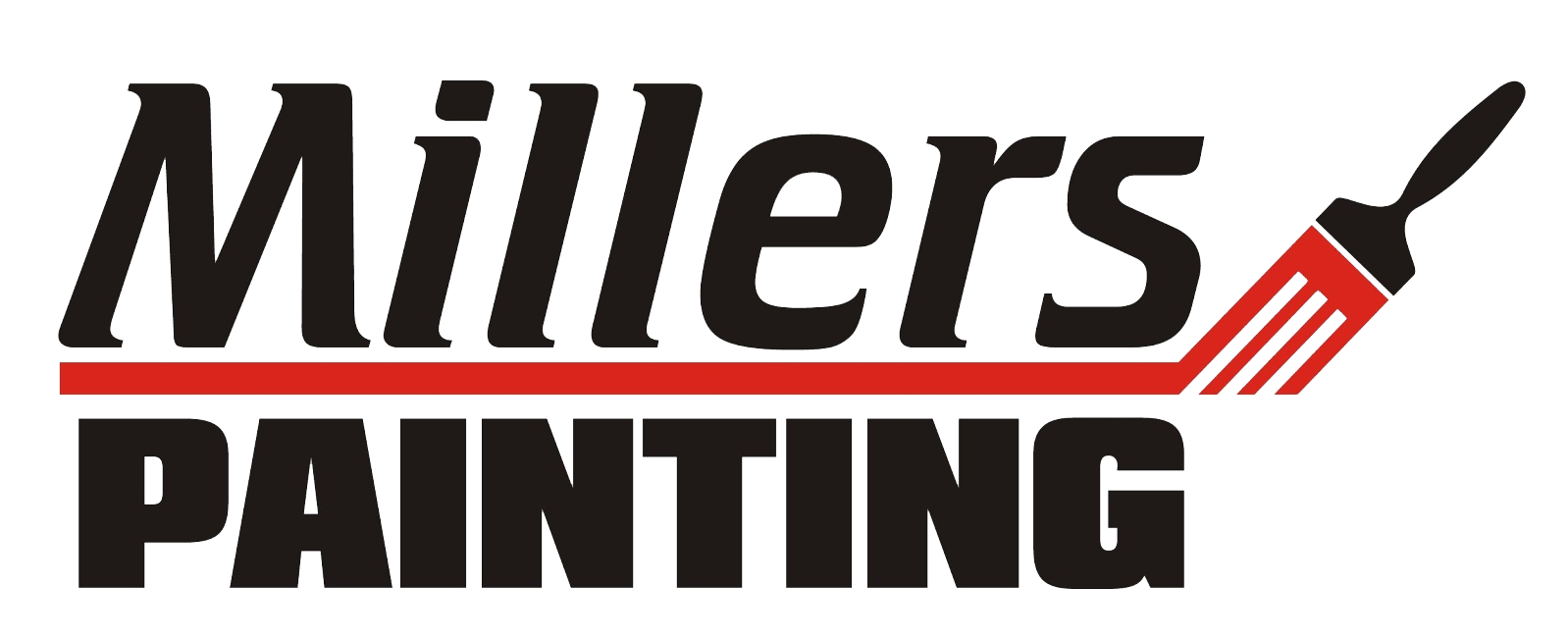Wood Painting in Ottawa, Ontario? Here is What You Need to Know
Painting wood is a relatively simple process. Just prepare well and follow the steps depending on the type of wood you have to paint.
Before putting on your old t-shirt and taking out your brushes, we suggest that you take a few minutes to read our painting tips to make your life easier.
Besides, although wood is a solid material, there are a few things to know to get good results.
Whether you’re revamping your old kitchen cabinets, restoring a wooden bassinet, painting a wooden fence, or painting your furniture in Ottawa, Ontario, here are things you should consider.
Prepare Your Wooden Surface Before Painting It
Many people neglect the preparation stage when painting.
This stage is one of the essential conditions for sustainable durability and flawless appearances.
And when it comes to wood, the preparation is also non-negotiable.
Wood surfaces should always be sanded, cleaned, and primed beforehand.
Once the surface is prepared, you can paint the wood with the paint of your choice.
The preparation of your surface can vary depending on the type of wood you have to paint.
Raw Unpainted Wood, New or Old:
• Clean the wood: The painter’s biggest enemies are grease and dirt since they prevent the adhesion of the paint, delay drying and cause yellowing. The grease can also mix with the paint during the application, which will prevent its resistance. If your wood has grease stains, washing with a TSP solution effectively removes fat deposits.
• Sand the wood: First, make sure the wood is dry. The wood should be sanded before being painted to smooth the surface. If you are using a sander, use gloves, masks, and goggles. If your surface is very rough, the first step of sanding is to perform a roughing with coarse sandpaper. Then follow with a medium grit paper. Finish with fine-grained paper. This will provide a quality finish and a perfectly smooth surface.
• Fill in the holes: The wood often has holes and cracks, which will make the work more difficult and which will prevent a beautiful end result. It is, therefore, necessary to recap these with wood pulp, which is generally applied with a spatula.
Varnished or Painted Wood:
If your wood is varnished, you will first need to sand the surface with fine-grit sandpaper and follow the same steps as for unpainted wood before applying your primer.
If your wood is painted and the paint is in good condition, simply clean the surface using a TSP solution.
Rinse with clear water and allow to dry completely. You can then sand your surface using fine grain sandpaper in the direction of the veins.
Apply A Coat of Primer
A primer ensures the topcoats good adhesion, uniformity of the finish, and color in addition to being able to hide any defects. For wood, use an acrylic latex primer.
Apply the primer with a brush or roller. The primer is applied like paints, in a continuous and uniform layer.
Varnish The Wood
The final step, (varnishing), will protect your work and obtain a pleasant finish. A crucial step if you want to paint a wooden floor.
Pro Tip:
For a perfect finish, lightly sand with fine-grained sandpaper between two coats of varnish.
Sanding will ensure a soft-touch finish and good adhesion between coats.
Need Help with That?
If you need help with cleaning, painting, or staining your furniture and other wooden fixtures, our professional team at Millers Painting would love to help.
We offer high-quality interior painting, staining, and refinishing services in Kanata, Nepean, Barrhaven, and Westboro areas of Ottawa, Ontario.


Recent Comments